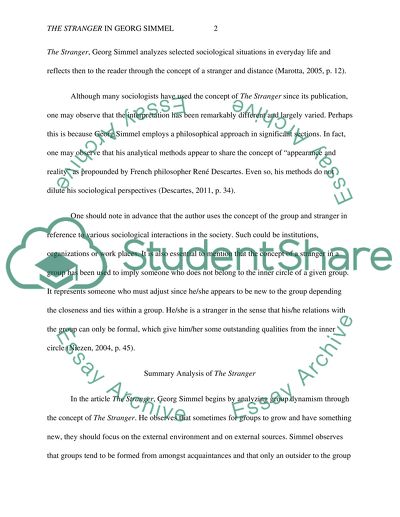Cite this document
(“Writing a Critical Review of a Theoretical text: THE STRANGER IN GEORG Literature”, n.d.)
Retrieved from https://studentshare.org/sociology/1463923-writing-a-critical-review-of-a-theoretical-text
Retrieved from https://studentshare.org/sociology/1463923-writing-a-critical-review-of-a-theoretical-text
(Writing a Critical Review of a Theoretical Text: THE STRANGER IN GEORG Literature)
https://studentshare.org/sociology/1463923-writing-a-critical-review-of-a-theoretical-text.
https://studentshare.org/sociology/1463923-writing-a-critical-review-of-a-theoretical-text.
“Writing a Critical Review of a Theoretical Text: THE STRANGER IN GEORG Literature”, n.d. https://studentshare.org/sociology/1463923-writing-a-critical-review-of-a-theoretical-text.


